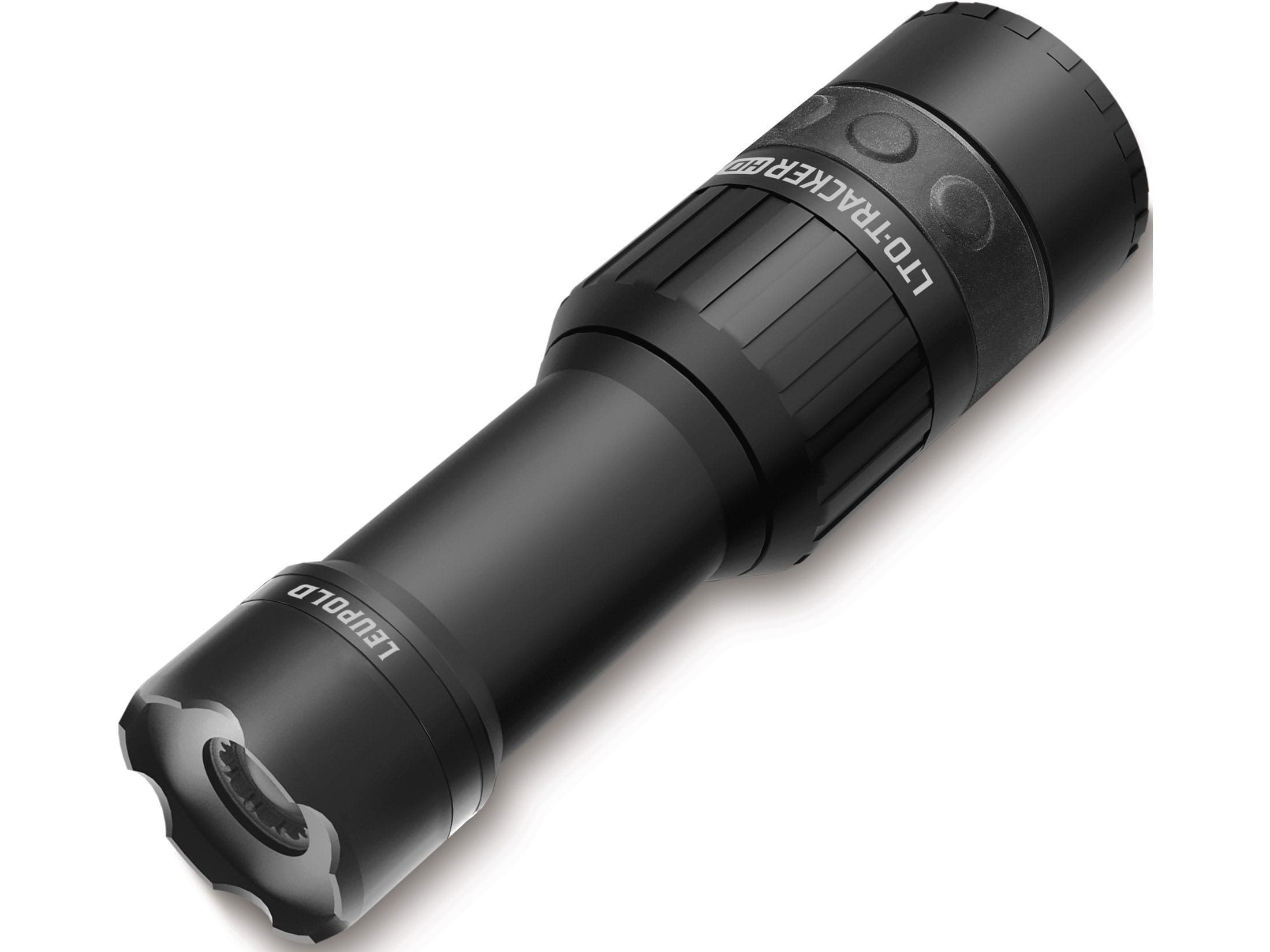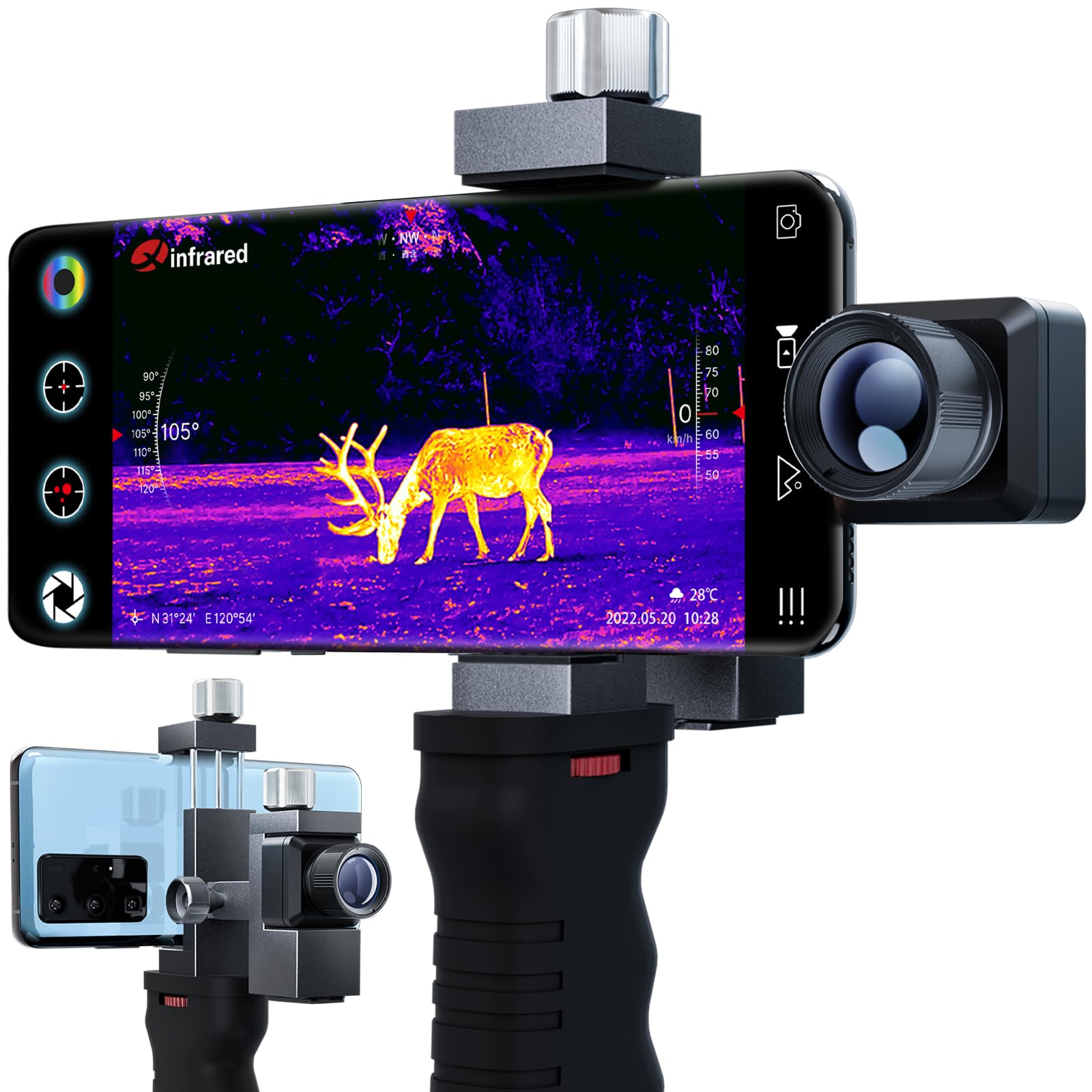I have the Pulsar axion key xm22. ~£1000, when I bought it.
It is amazing, it would feel very strange going out birding without it nowadays.
I get most use in daylight hours. I'm not sure any living creature evades me nowadays, which can take away a bit of the fun , the challenge definitely isn't the same!
I'm pretty sure we should be looking at cheaper, not more expensive models to that.
For birding, there is absolutely no benefit in being able to record what you are seeing, no benefit in the heat trace being sharper, wider field of view is debatable as you tend to sweep, see something warm blooded and then try to find it with torch and/or binoculars in order to identify.
Even that "cheap" nhbs one has wi-fi streaming which is of debatable use! so there is another feature you could lose.
Swappable batteries are vital. I'd avoid anything with the battery built in.
The question is, how cheap can we go for comparable performance, at which point every birder could be going out armed with one.
(Or when will they be built into binoculars, pressing a button overlaying the thermal image onto your binocular view. That will be really cool)
Unfortunately, I don't have that answer, but I wouldn't be surprised if a £500 model without any of the bells and whistles would be just fine.









